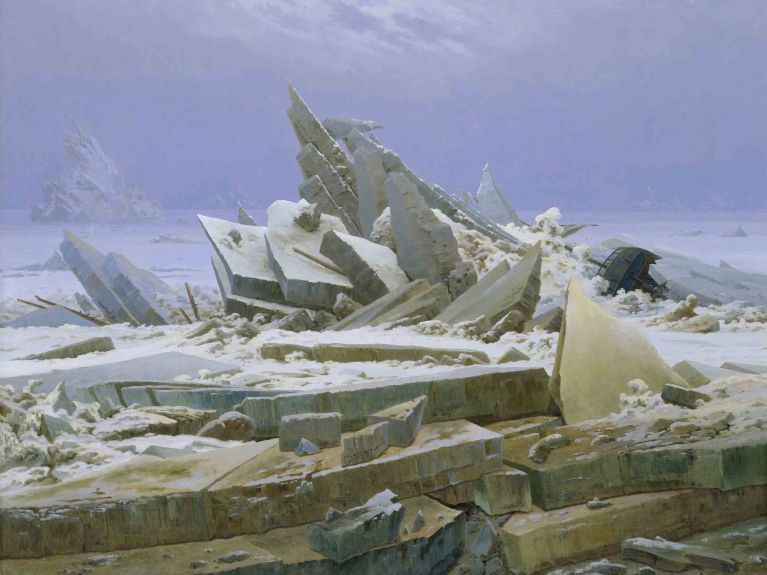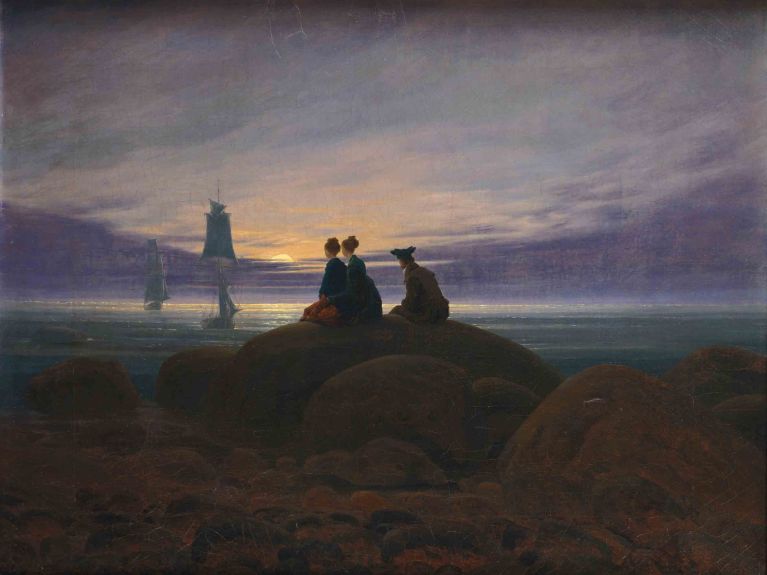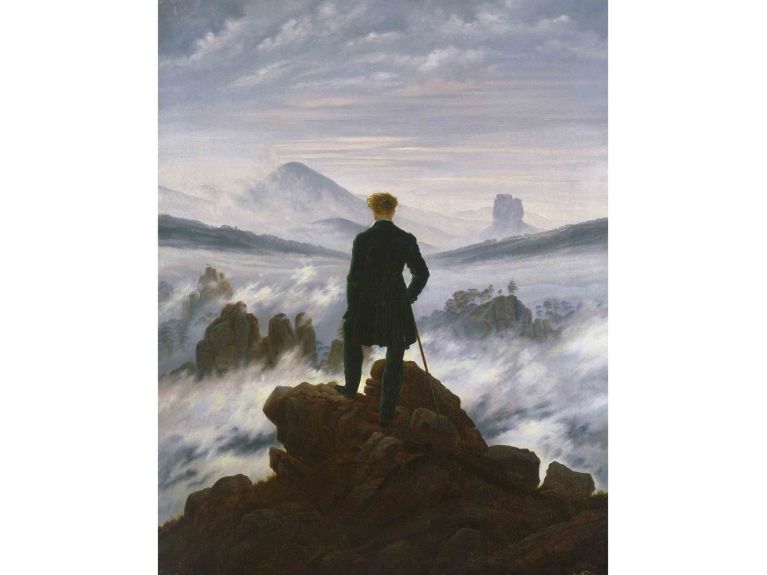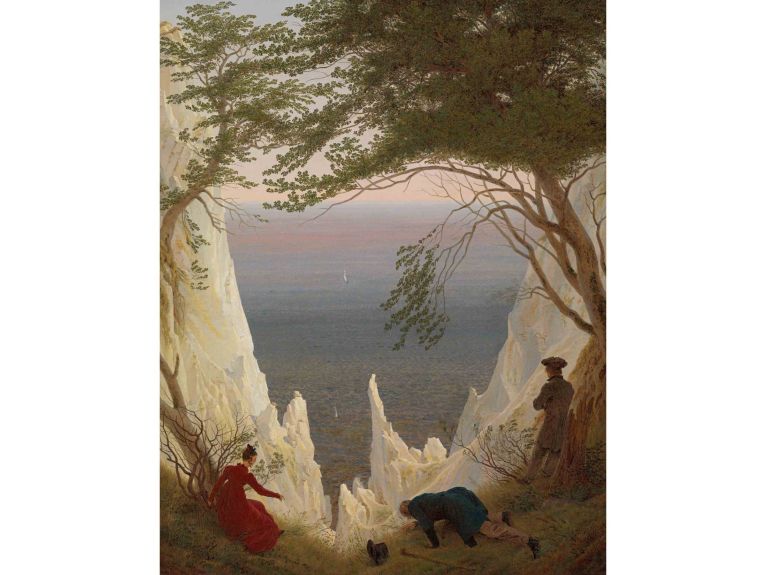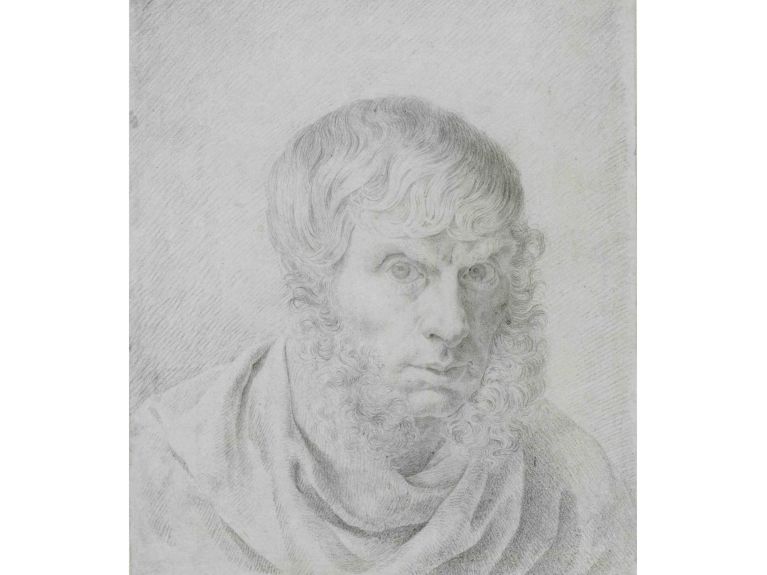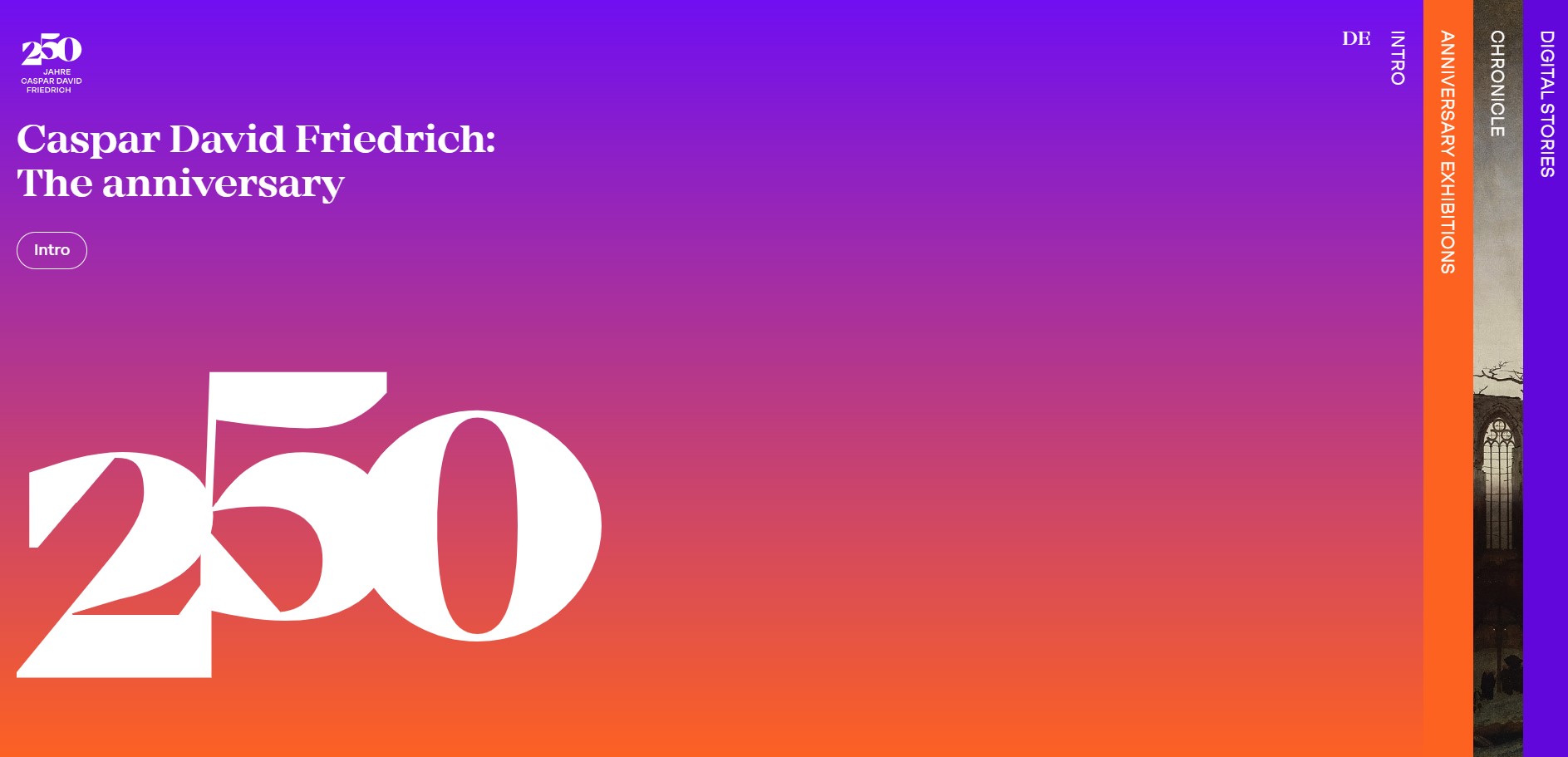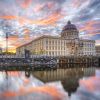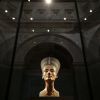Caspar David Friedrich: the master of silence
Forgotten, misunderstood and celebrated: Caspar David Friedrich’s works are ready to be rediscovered again in his 250th anniversary year.

A man stands beside the sea, so tiny you might not even see he is there. This solitary figure is looking at the black waves while an equally dark sky hangs dark and ominous over the horizon. The only ray of light appears at the very edge of the painting, transforming the grey into a delicate sky blue. These streaks of colour seem uncannily modern in their sweeping, almost abstract quality. They were painted by Caspar David Friedrich between 1808 and 1810, almost a century before the beginning of Modernism in art. “Monk by the Sea” now belongs to the Alte Nationalgalerie in Berlin.
What might Friedrich, a devout Protestant whose father and sister had died shortly before he began work on the painting, have seen in this image? Maybe many of us today see the same thing: A human being, exposed to the violence of nature, caught between hope and the abyss. Across the ages, every viewer of Friedrich’s silent paintings has probably seen something different. But one thing is for sure: this work has absolutely nothing to do with 19th Century landscape painting. It is unique and distinct, and perhaps the anticipated big bang of Modernism.
Nature is a central motif in Caspar David Friedrich’s images
Nor are his other works mere depictions: they are more like collages in oil paints, in which Friedrich took the set pieces of reality such as trees, hills, cliffs and clouds, which sketched while wandering through nature and recombined them on the canvas, changing their perspectives and combinations, and in a unique light. He described his philosophy as: “The painter should not merely paint what he sees before him, but also that which he sees within himself.” Where people do appear, their backs are turned to us. In his 2023 bestseller biography of the painter “The Magic of Silence”, art expert Florian Illies describes how Friedrich, as a master of observing nature and internalising it emotionally, was simply unable to paint faces and figures. But perhaps Friedrich also wanted for us as viewers to join with his human figures in looking at the image and the world and the image he created, seeing it from their perspective.
The long journey to becoming the most significant painter of German Romanticism
The search for the spiritual experience of nature and the loneliness of the individual were great themes for Friedrich. “Monk by the Sea”, “Chalk Cliffs on Rügen”, “Wanderer Above the Sea of Fog”, and the destructive frozen fissures of “The Sea of Ice” have all become icons of early Romanticism and belong to the collective memory of German art history. But this was not always the case. Friedrich was born in Greifswald at the Baltic Sea in 1774 and died in Dresden in 1840, and did enjoy success during his lifetime, such as when the King of Prussia purchased “Monk by the Sea” for his son.
But only a decade later tastes had moved away from his often melancholic, bleak and mysterious images, his mystification of nature. The poet Goethe, whom Friedrich worshipped, even dismissed his paintings in rather crude terms. Friedrich had been forgotten by the world before he had even died. Many of his paintings, including the “Wanderer” and “Chalk Cliffs” disappeared from view for many years; some were even lost.
Nazi misuse of Friedrich’s art
Friedrich’s art was not rediscovered until the early 20th Century. A few years later, the Nazis saw something “Nordic” and “Germanic” in his work, twisting them for their own propaganda purposes.
The first major exhibition of Friedrich’s paintings came in 1974 to mark his 200th anniversary. Germany was still divided at that time, but the Hamburger Kunsthalle and the Staatliche Kunstsammlungen Dresden joined hands across the Iron Curtain in a remarkable collaboration, reviving Caspar David Friedrich into a superstar of Romanticism. His paintings became the subject of new research and interpretations, the focus shifting into Friedrich as a political artist who supported wars of liberation against Napoleon. Some even see the first climate activist in this restrained and even eccentric lover and nature. However we see him, his art touches on timeless questions, arouses our emotions and continues to inspire other artists.
Three exhibitions to mark the 250th anniversary of the birth of Caspar David Friedrich
Everyone can form their own impression of this master of silence in the 250th anniversary year of his birth. Three major exhibitions are dedicated to the Romantic painter, each exploring his work from a different perspective. Hamburger Kunsthalle is considering the relationship between people and nature in Friedrich’s works. The Alte Nationalgalerie in Berlin presents the museum’s role in rediscovering Friedrich’s pictures during the period of the German Empire. The Staatlichen Kunstsammlungen Dresden are exploring how the city which Friedrich called home for 40 years left its mark on his work. All three museums have joined together to present an online exhibition for those who cannot travel to Germany, allowing visitors from around the world to see Caspar David Friedrich’s work virtually.

